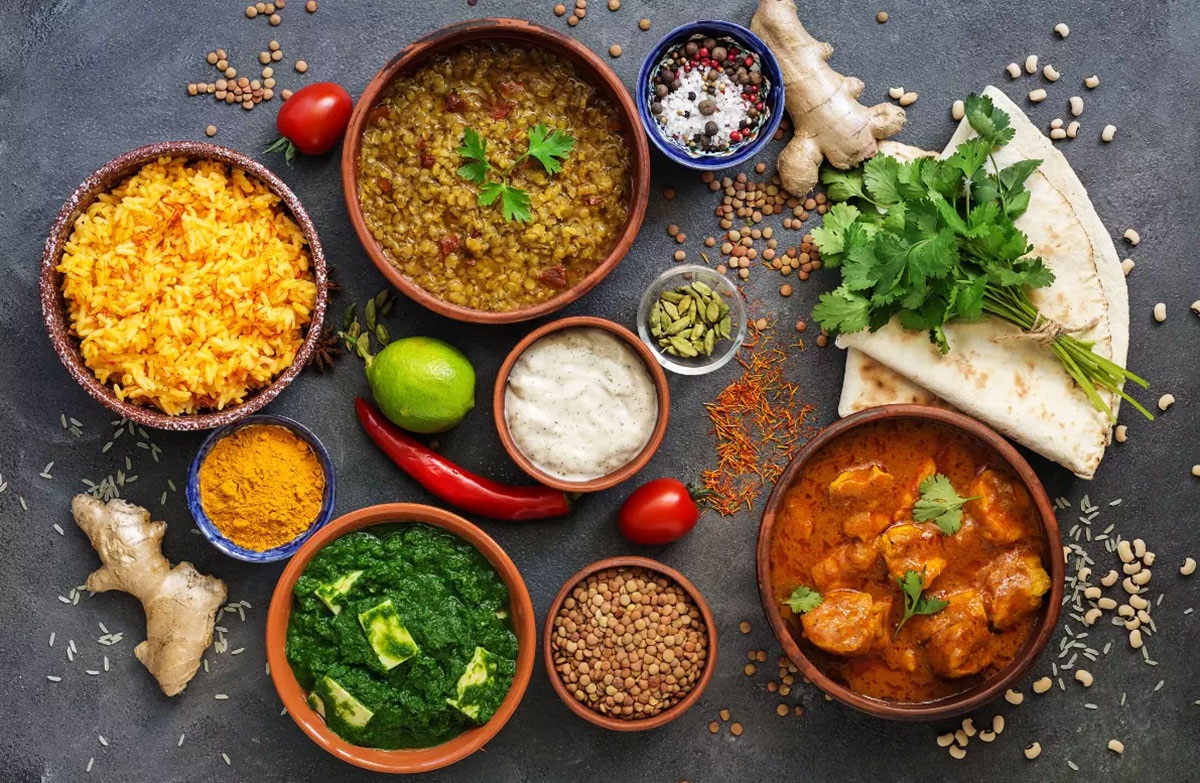Ayurveda, an ancient holistic healing system from India, has long emphasized the importance of diet in maintaining health and wellness. Its principles, deeply rooted in the understanding of individual body types or “doshas,” offer a unique perspective on nutrition that can be adapted for modern living. This article explores the Ayurvedic dietary principles and how they can be integrated into today’s fast-paced lifestyle.
Understanding Your Dosha
In Ayurveda, there are three primary doshas – Vata, Pitta, and Kapha – which are believed to be derived from the five elements. Each individual has a unique dosha composition, with one or two doshas usually being predominant. Understanding your dominant dosha can guide you in choosing foods that maintain balance and health.
– Vata (Air and Space): Dry, light, cold. Balance with warm, moist, grounding foods.
– Pitta (Fire and Water): Hot, light, intense. Balance with cool, heavy, soothing foods.
– Kapha (Earth and Water): Heavy, slow, steady. Balance with light, dry, stimulating foods.
Ayurvedic Dietary Guidelines
1. Eat According to Your Dosha:
Choose foods that balance your dominant dosha. For instance, Vata types should incorporate warm, nourishing foods like soups, while Pitta types benefit from cool, less spicy foods, and Kapha types need light, energizing foods.
2. Focus on Whole, Fresh Foods:
Ayurveda emphasizes eating whole, unprocessed foods that are as close to their natural state as possible. This means plenty of fruits, vegetables, whole grains, and lean proteins.
3. Mindful Eating Practices:
Ayurveda encourages being mindful of the act of eating. Eat in a calm environment, focus on your food, and chew thoroughly. This aids digestion and the absorption of nutrients.
4. Incorporate the Six Tastes:
Each meal should include the six Ayurvedic tastes – sweet, sour, salty, bitter, pungent, and astringent – to ensure nutritional balance and satisfy all flavor cravings.
5. Adjust Your Diet with the Seasons:
Ayurveda advises adjusting your diet according to the season to align with the body’s natural rhythms. For example, favor cooling foods like fruits and salads in summer and warming foods like soups in winter.
Modern Adaptations
1. Meal Planning for Busy Lifestyles:
Plan your meals ahead to ensure you’re incorporating a variety of foods that align with Ayurvedic principles. Meal prepping can be especially helpful.
2. Quick, Balanced Meals:
For those short on time, simple stir-fries with a variety of vegetables, a protein source, and a blend of spices can provide a balanced and quick meal.
3. Incorporating Superfoods:
Include modern superfoods that align with Ayurvedic principles, like quinoa for Vata, cooling coconut water for Pitta, and energizing green tea for Kapha.
4. Mindfulness in a Busy World:
Even during a hectic day, take a few moments to eat mindfully. This can be as simple as taking deep breaths before a meal or savoring each bite.
5. Herbal Supplements:
Incorporate Ayurvedic herbs and spices like turmeric, ginger, and cumin, which are not only flavorful but also offer various health benefits.
Conclusion
Ayurvedic dietary principles provide a framework for holistic nutrition and wellness that can be adapted to modern living. By understanding your dosha, focusing on whole foods, practicing mindful eating, and adjusting your diet with the seasons, you can nourish your body and mind in a balanced, sustainable way.


